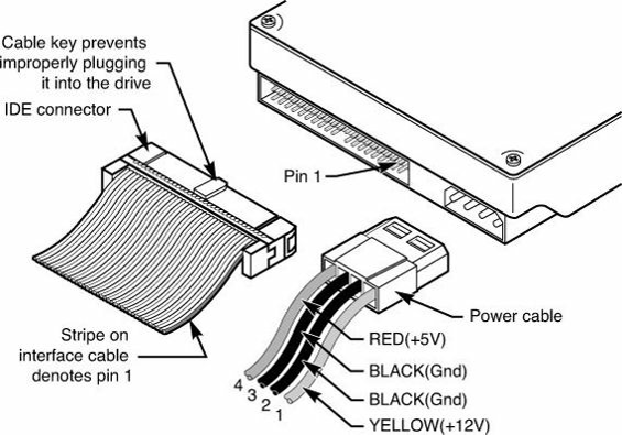Hardware Reference
In-Depth Information
for future writes
As the development of ATA progresses, it is expected that newer features designed by the SATA-IO
committee will be incorporated.
PATA
Parallel ATA was the most widely used drive interface for many years; however, currently it has
been almost completely replaced by SATA for new systems. Even so, some new motherboards and
drives are still available with PATA support, and many older systems, motherboards, and drives still
in service use PATA as well. PATA has unique specifications and requirements regarding the
physical interface, cabling, and connectors compared to SATA. The following sections detail the
unique features of PATA.
PATA I/O Connector
The PATA interface connector is normally a 40-pin header-type connector with pins spaced 0.1 inch
(2.54mm) apart. Generally, it is keyed to prevent the possibility of installing it upside down (see
Figures 7.2
and
7.3
)
. To create a keyed connector, the manufacturer usually removes pin 20 from the
male connector and blocks pin 20 on the female cable connector, which prevents the user from
installing the cable backward. Some cables also incorporate a protrusion on the top of the female
cable connector that fits into a notch in the shroud surrounding the mating male connector on the
device. The use of keyed connectors and cables is highly recommended. Plugging an ATA cable in
backward normally doesn't cause permanent damage; however, it can lock up the system and prevent
it from running.
Figure 7.2. Typical PATA (IDE) hard drive connectors.


